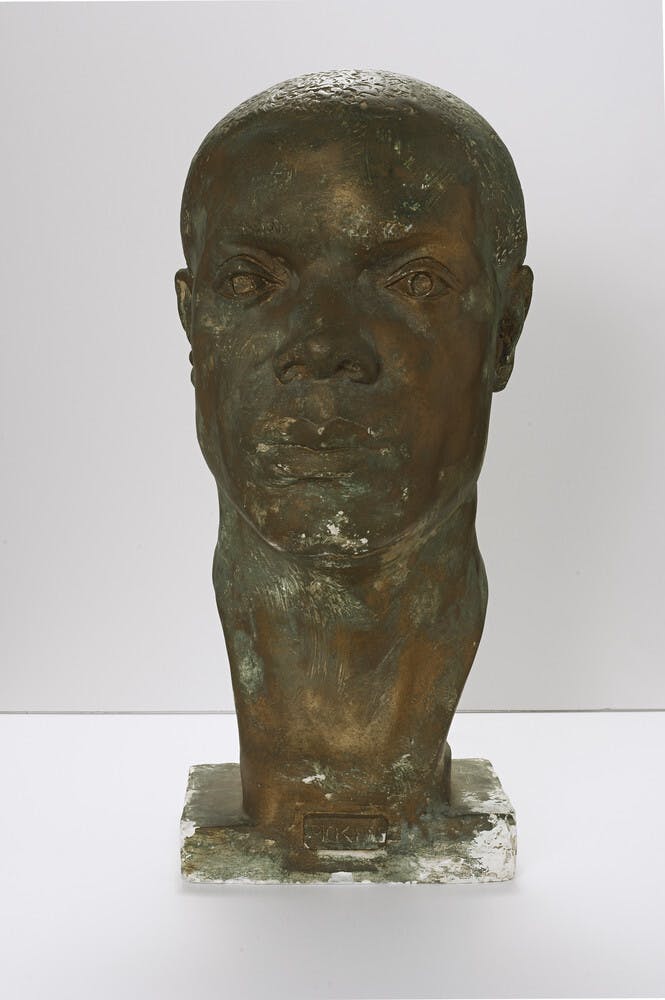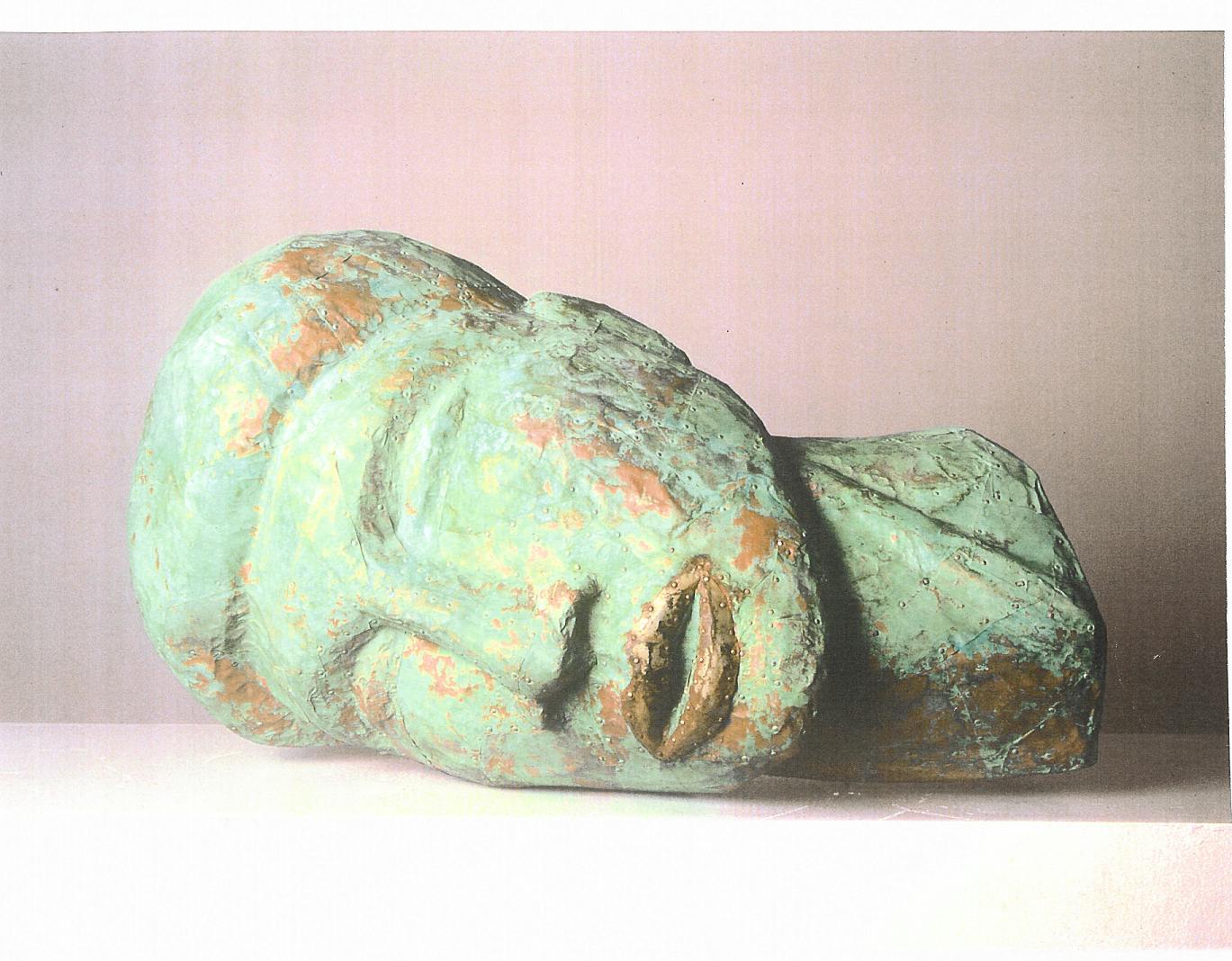Augusta Savage
(1892–1962)In her commitment to teaching, leadership of arts organizations, and championing of Black artists, Augusta Savage envisioned and created a radical model for engaging with the arts in Harlem.
Biography
In 1935 Savage cofounded, with artists Charles Alston, Elba Lightfoot, and others, the Harlem Artists Guild, which advocated for educational and financial resources for Black artists.
The organization recognized the importance of having a permanent art center in the neighborhood, leading to the establishment of the Harlem Community Art Center in 1937, with Savage as its first director. A model for community art centers across the country, the Center provided a space where arts education and experiential learning could be accessible to all. Through both the Center and the Savage Studio of Arts and Crafts, which she operated in the five years prior to the founding of the Center, Savage taught hundreds of young people, including Gwendolyn Knight and Norman Lewis.
In her artwork, Savage celebrated the contributions of Black men and women, those who might have otherwise gone unrecognized. She had very few financial resources, which directly contributed to the loss of many of her sculptures. One of only four women and the only Black woman to receive a commission for the 1939 New York World’s Fair, Savage created Lift Every Voice and Sing (also known as The Harp), a sixteen-foot plaster sculpture that was destroyed following the close of the Fair. She often used plaster, a fragile material, for its low cost, and could not afford to ship or store her works.
The first known Black woman to found an art gallery in the United States, in 1939, Savage opened the Salon of Contemporary Negro Art in Harlem. Although short-lived due to a lack of financial support, the gallery provided exhibition opportunities for artists who were otherwise largely excluded from the art world.
Exhibitions and Events
Augusta Savage
(1892–1962)In her commitment to teaching, leadership of arts organizations, and championing of Black artists, Augusta Savage envisioned and created a radical model for engaging with the arts in Harlem.
Bust of Dr. William Pickens, Sr., 1932-1933
Biography
In 1935 Savage cofounded, with artists Charles Alston, Elba Lightfoot, and others, the Harlem Artists Guild, which advocated for educational and financial resources for Black artists.
The organization recognized the importance of having a permanent art center in the neighborhood, leading to the establishment of the Harlem Community Art Center in 1937, with Savage as its first director. A model for community art centers across the country, the Center provided a space where arts education and experiential learning could be accessible to all. Through both the Center and the Savage Studio of Arts and Crafts, which she operated in the five years prior to the founding of the Center, Savage taught hundreds of young people, including Gwendolyn Knight and Norman Lewis.
In her artwork, Savage celebrated the contributions of Black men and women, those who might have otherwise gone unrecognized. She had very few financial resources, which directly contributed to the loss of many of her sculptures. One of only four women and the only Black woman to receive a commission for the 1939 New York World’s Fair, Savage created Lift Every Voice and Sing (also known as The Harp), a sixteen-foot plaster sculpture that was destroyed following the close of the Fair. She often used plaster, a fragile material, for its low cost, and could not afford to ship or store her works.
The first known Black woman to found an art gallery in the United States, in 1939, Savage opened the Salon of Contemporary Negro Art in Harlem. Although short-lived due to a lack of financial support, the gallery provided exhibition opportunities for artists who were otherwise largely excluded from the art world.

